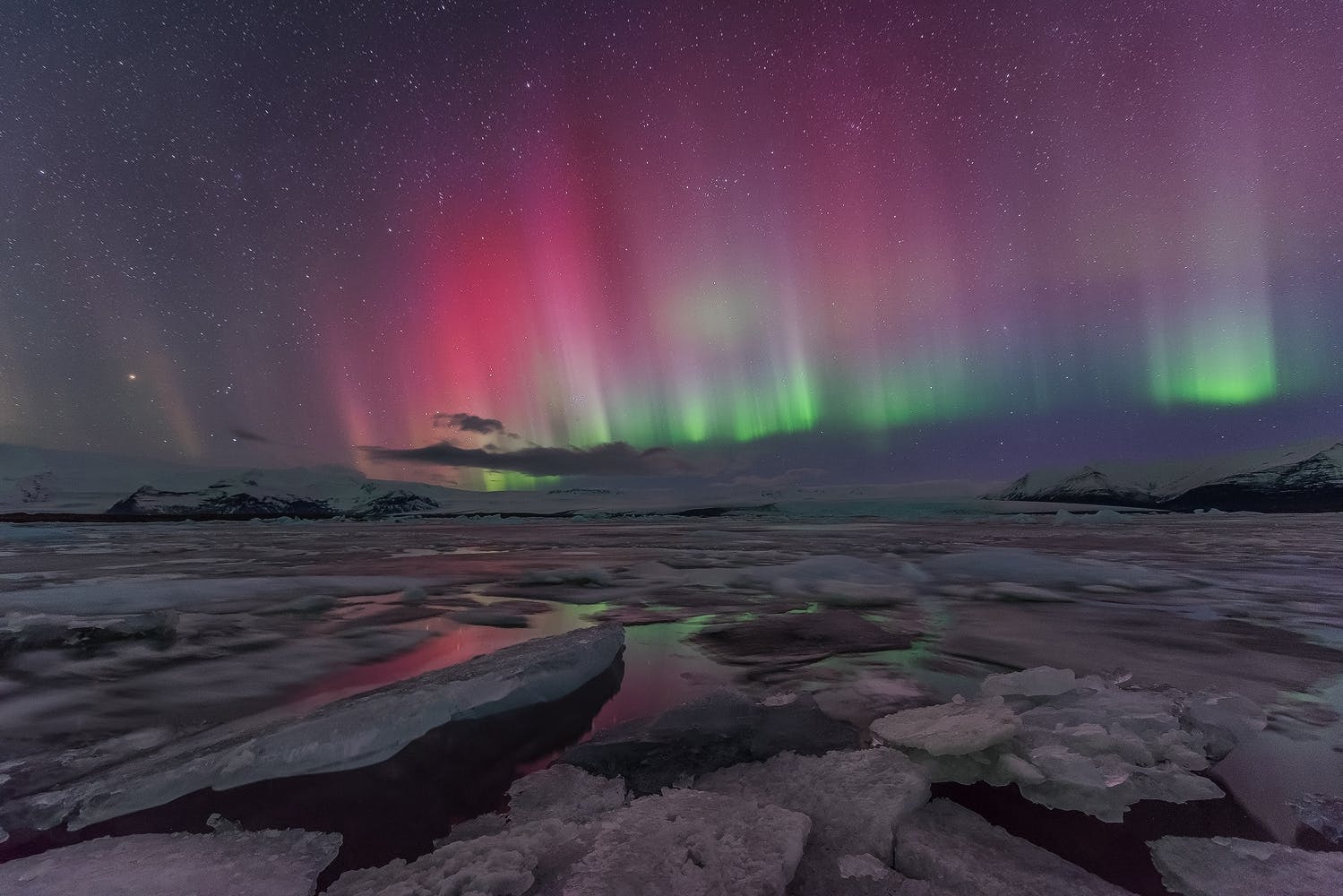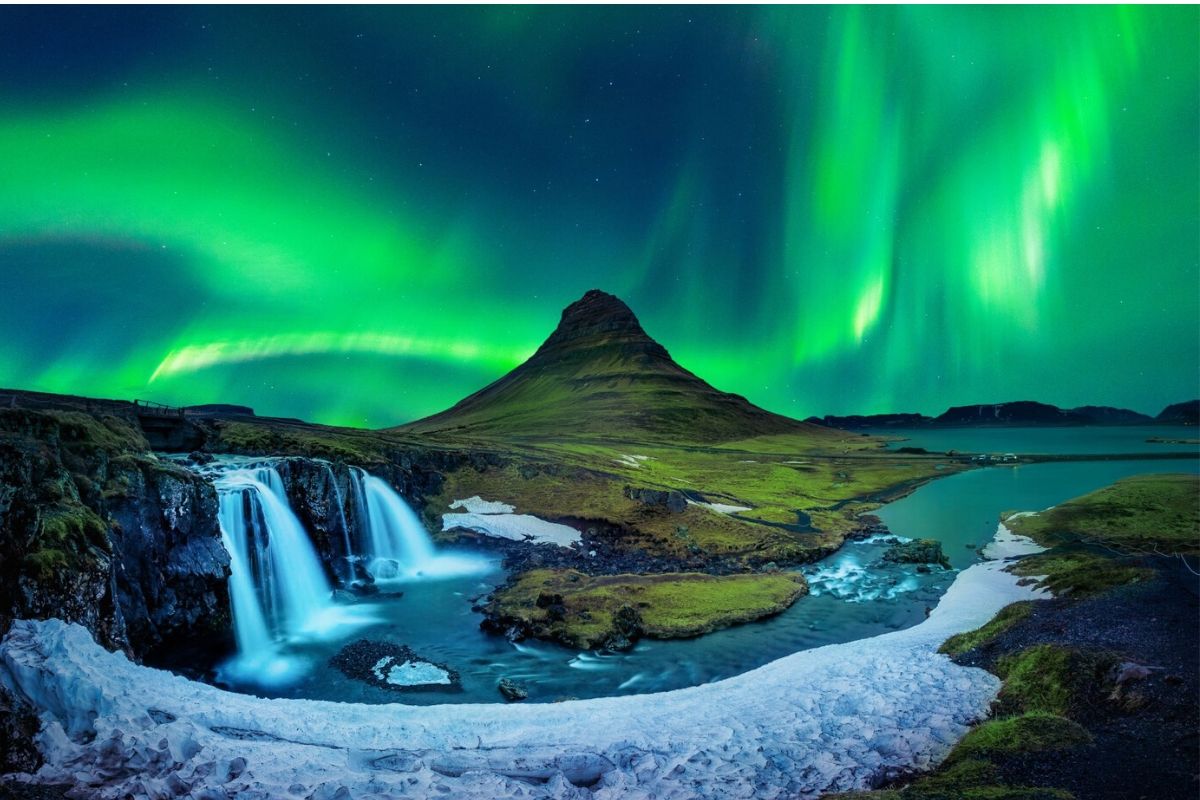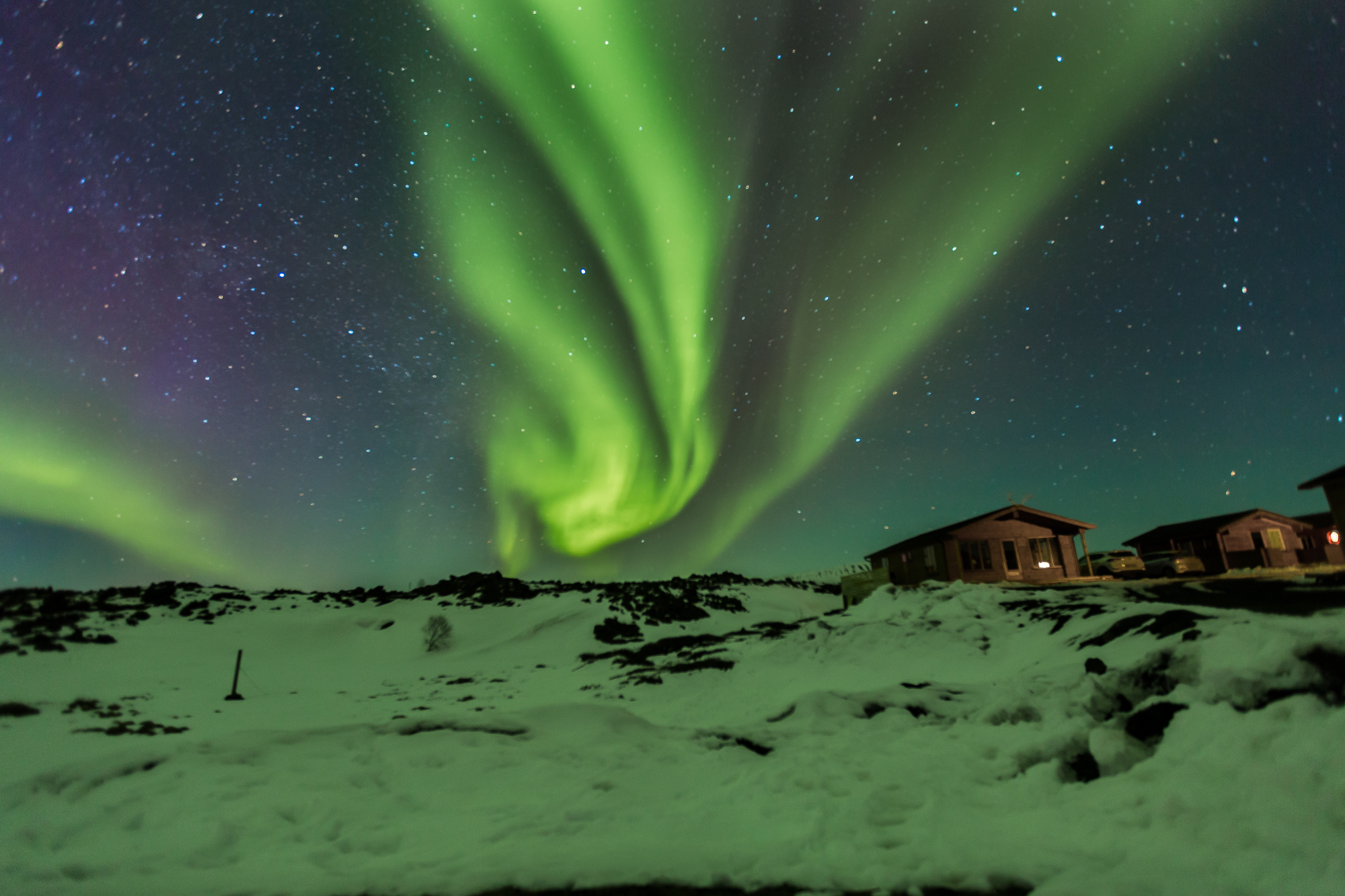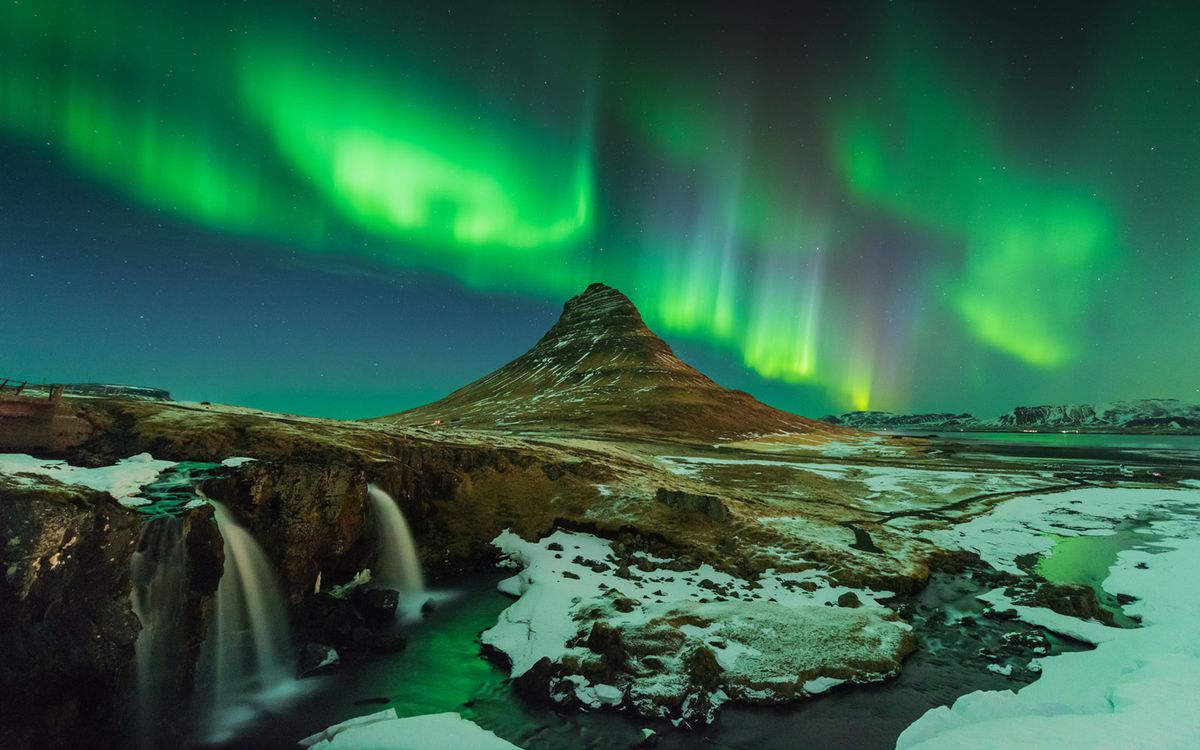
Iceland is one of the few places in the world where you can witness the mesmerizing Northern Lights or Aurora Borealis. This natural phenomenon is caused by the collision of charged particles from the sun with atoms in the Earth's atmosphere, creating stunning light displays that dance across the sky. If you're planning a trip to Iceland and want to see the Northern Lights, here are some tips on when to go.
Best Time to See Northern Lights in Iceland

The best time to see the Northern Lights in Iceland is from September to mid-April. During this time, the nights are long and dark, providing the perfect conditions for viewing the auroras. However, the weather in Iceland can be unpredictable, so it's important to keep an eye on the forecast and plan your trip accordingly.
Choosing the Right Location

When it comes to seeing the Northern Lights in Iceland, location is key. You'll want to get away from any light pollution, so head to a remote area with clear skies. Some of the best places to see the Northern Lights in Iceland include Thingvellir National Park, the Vatnajokull Glacier, and the Westfjords.
Weather Conditions

The weather in Iceland can be unpredictable, so it's important to be prepared for all conditions. Dress in layers and bring warm, waterproof clothing, as well as a hat and gloves. It's also a good idea to check the weather forecast before heading out, as cloudy or rainy weather can make it difficult to see the Northern Lights.
Time of Day

The best time to see the Northern Lights in Iceland is during the darkest hours of the night, usually between 10 pm and 2 am. However, this can vary depending on the time of year and the location. Keep in mind that the Northern Lights are a natural phenomenon, so there's no guarantee that you'll see them on any given night.
Duration of Your Stay

When planning your trip to Iceland, it's important to allow plenty of time for seeing the Northern Lights. It's not uncommon for visitors to spend several nights without seeing the auroras, so plan to stay for at least a few days to increase your chances of witnessing this amazing natural spectacle.
Photography Tips

If you plan on photographing the Northern Lights in Iceland, here are some tips to help you capture the best shots:
- Use a tripod to keep your camera steady
- Use a remote shutter release or a self-timer to reduce camera shake
- Set your camera to manual mode and adjust the ISO, aperture, and shutter speed to capture the auroras
- Use a wide-angle lens to capture as much of the sky as possible
Conclusion
If you're planning a trip to Iceland and want to see the Northern Lights, make sure you choose the right time of year, location, and weather conditions. With a little bit of planning and a lot of luck, you'll be able to witness one of the most beautiful natural phenomena on Earth.